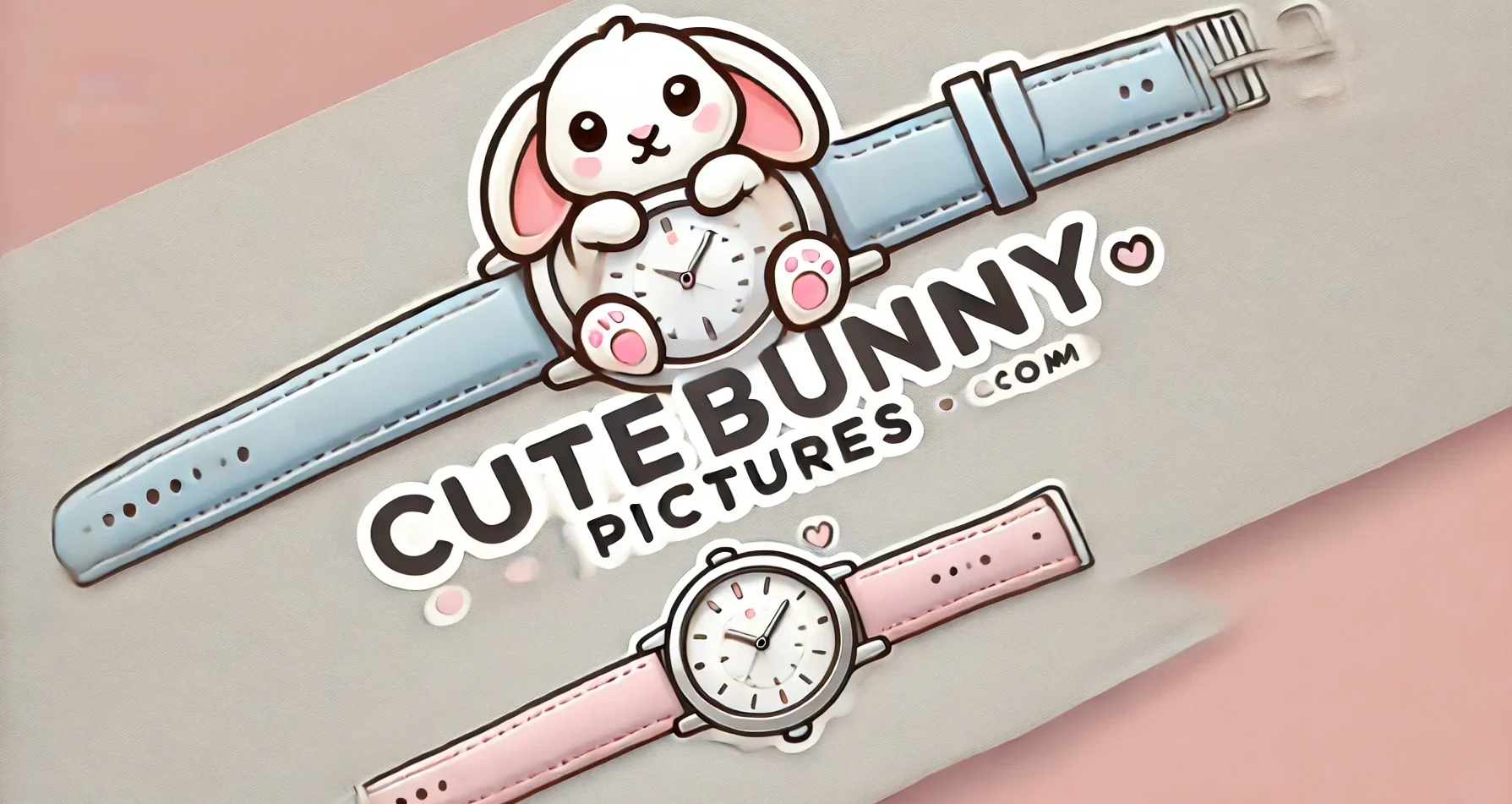
Dogs enrich our lives with companionship, joy, and unconditional love. Maintaining their health and well-being involves more than regular veterinary visits—it also means keeping their everyday belongings clean and sanitary. Understanding how frequently these items should be cleaned is crucial in protecting your furry companion from harmful bacteria, mold, parasites, and allergens. This guide will thoroughly explain ideal cleaning routines, enriched with practical insights and an understanding of why these schedules matter.
Food and Water Bowls
Recommended Frequency: Daily
Your dog’s food and water bowls are high-contact items, easily harboring dangerous bacteria such as E. coli and Salmonella. These pathogens thrive on leftover food and stagnant water. Consequently, it’s essential to clean these bowls after each use.
Cleaning Tips:
- Wash bowls using hot, soapy water.
- Alternatively, use a dishwasher if the bowls are dishwasher-safe.
- Regularly inspect bowls for cracks, as these can trap bacteria.
- Consider using stainless steel or ceramic bowls, as they are less prone to scratches and easier to disinfect.
Dog Beds and Blankets
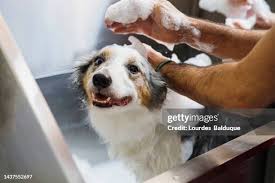
Recommended Frequency: Weekly
Dog beds and blankets provide a cozy space but can quickly become breeding grounds for parasites, fleas, dust mites, and bacteria. A consistent cleaning schedule is crucial to keep these items sanitary and comfortable.
Cleaning Tips:
- Launder beds, blankets, and pillow covers weekly in pet-safe detergent.
- If heavily soiled or if your dog has allergies, increase washing frequency.
- Vacuum beds regularly between washes to reduce hair and dander buildup.
- Opt for removable covers, as they simplify the cleaning process and extend bed longevity.
Collars, Leashes, and Harnesses
Recommended Frequency: Every 1-2 Weeks
These accessories, often overlooked, absorb sweat, grime, and odors, becoming a source of skin irritation or infection. Keeping them clean is essential for your dog’s comfort and health.
Cleaning Tips:
- Hand wash using warm, mild soapy water.
- For durable materials, machine washing is typically safe (check labels first).
- Air dry thoroughly before reuse.
- Regularly inspect stitching and clasps to ensure durability and safety.
Toys
Recommended Frequency: Weekly or as Needed
Toys undergo significant wear and tear, accumulating saliva, dirt, and bacteria that could cause health issues if not regularly cleaned.
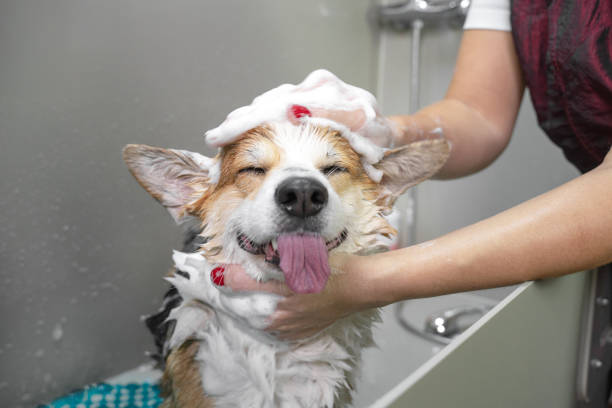
Cleaning Tips:
- Plush toys: Machine wash frequently in a mesh bag.
- Plastic and rubber toys: Clean with warm soapy water or in a dishwasher.
- Regularly inspect toys and discard those that show significant wear or damage.
- Rotate toys regularly to reduce wear and maintain your dog’s interest.
Crates and Carriers
Recommended Frequency: Every 2-4 Weeks
Your dog’s crate or carrier provides security but can accumulate dirt, fur, and bacteria. Cleanliness here directly impacts your dog’s skin and respiratory health.
Cleaning Tips:
- Wipe down crates and carriers with pet-safe cleaning solutions.
- Vacuum thoroughly to remove hair and debris.
- Deep clean monthly, especially after travel or illness.
- Ensure thorough drying to prevent mold growth in damp areas.
Grooming Tools
Recommended Frequency: After Every Use
Brushes, combs, nail clippers, and other grooming tools can harbor bacteria and fungi from fur and skin. Immediate cleaning after use prevents contamination and infection.
Cleaning Tips:
- Remove hair and debris after every grooming session.
- Wash tools in warm, soapy water and disinfect regularly.
- Dry thoroughly to avoid rust and bacterial growth.
- Periodically sharpen grooming tools like nail clippers and scissors for safety and effectiveness.
Brand Spotlight: Dogtopia’s Commitment to Cleanliness
Dogtopia, a leader in canine daycare and grooming services, emphasizes cleanliness and pet health. Founded in 2002, Dogtopia revolutionized pet care through advanced cleaning protocols and top-tier safety standards. Their facilities boast state-of-the-art HVAC systems to circulate fresh air continuously, and twice-daily deep cleans ensure that play areas remain hygienic and safe. Dogtopia’s spa professionals meticulously sanitize grooming tools between each use, ensuring each dog receives a clean and comfortable grooming experience.
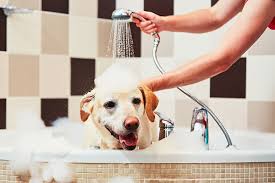
Technical Background: Pet-Safe Cleaning Ingredients
Choosing pet-safe cleaning solutions is critical. Common household products often contain toxic chemicals dangerous to pets. Safe alternatives include vinegar-based solutions, baking soda, and specialized pet-friendly disinfectants designed specifically to eliminate germs without harmful residues. Regularly checking labels for harmful ingredients such as bleach, ammonia, or phenols is crucial to protect your pet’s health.
Design Philosophy: Pet Health First
When designing pet products, reputable brands prioritize health and hygiene. Items are constructed from durable, non-toxic materials that withstand regular washing, reflecting a commitment to safety and quality. The focus remains on maintaining your dog’s comfort while facilitating easy, thorough cleaning to protect against health hazards.
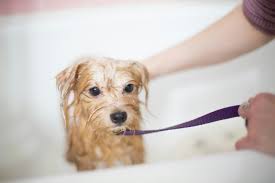
Additional Tips for Long-Term Maintenance
Establishing a routine cleaning schedule ensures your dog’s items remain in excellent condition for extended periods. Regular inspections and proactive cleaning habits not only enhance your dog’s comfort but also save you money by extending the lifespan of their belongings. Combining effective cleaning methods with proper storage—such as placing toys in airtight containers and beds in dry, ventilated spaces—further prevents mold and odor development, contributing to your pet’s ongoing health and happiness.
Conclusion
Regularly cleaning your dog’s belongings is vital for their health, safety, and comfort. Adopting a consistent and effective cleaning routine significantly reduces potential health risks and enhances your dog’s quality of life. Incorporating recommended practices into your routine safeguards your furry friend and ensures they enjoy a long, healthy, and joyful life with you.

